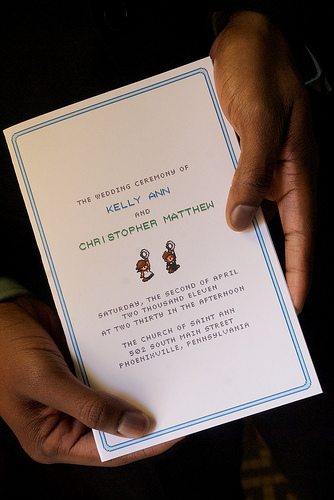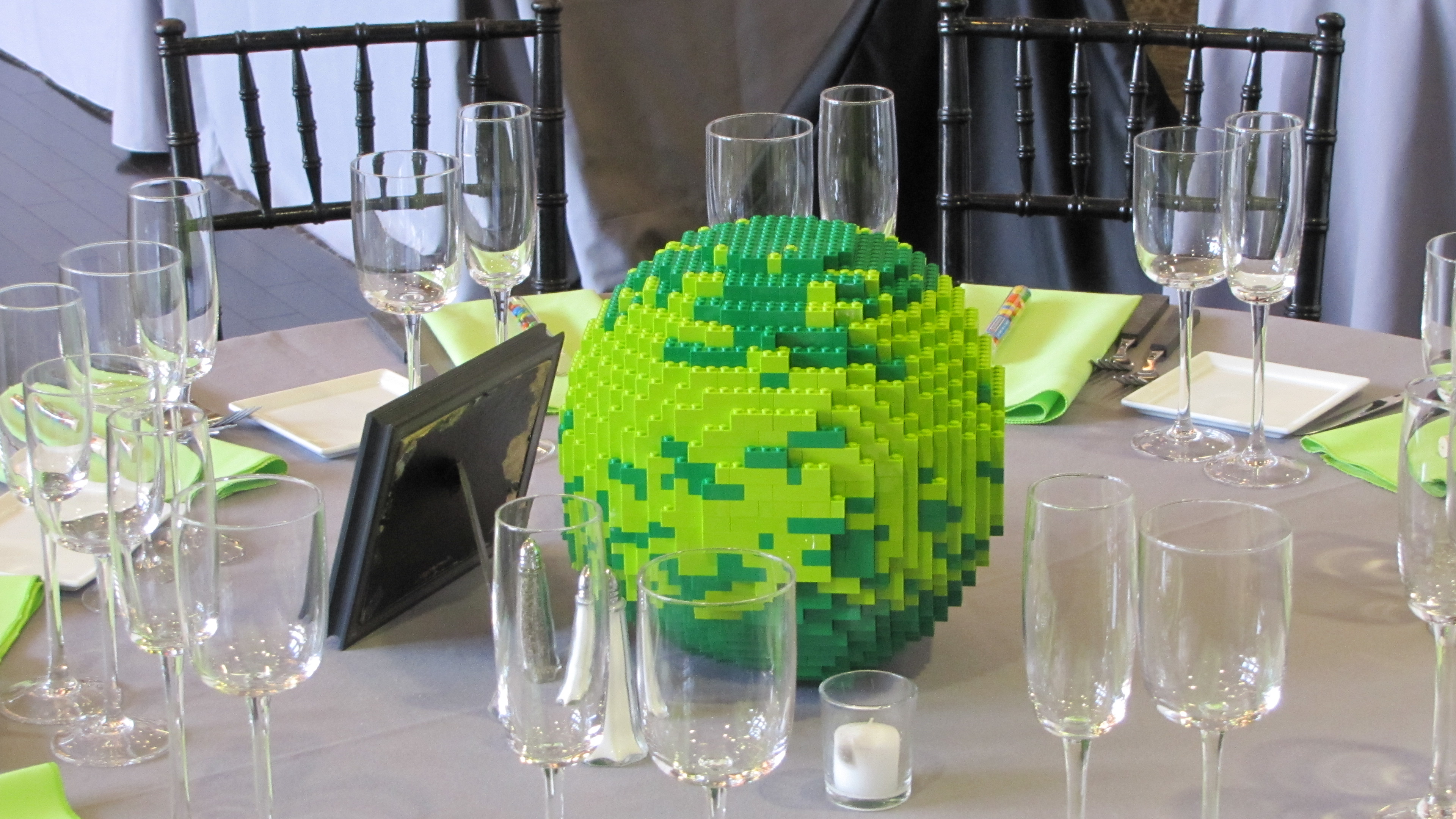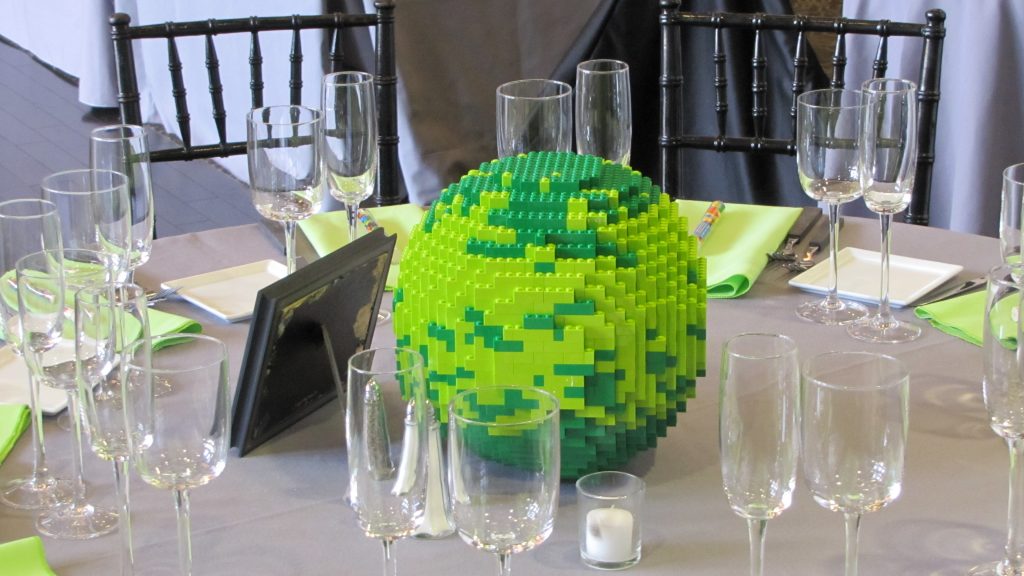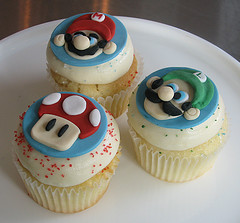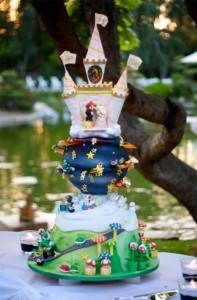This week I makerbotted for the first time! I know, I know… I should have done this much much sooner. Everything Tiny and Makerbot were actually founded in the same room, the old NYC Resistor location, and it's been really exciting to see things take off for them. But until recently, partly due to the success of Everything Tiny, I never really had time to sit down and get personally aquanited with the wide world of 3D printing.
Part of my probelm was that I always had ideas which were large and complicated, and I never finished the designs. So in an effort to actually produce something, I set myself to a very simple first project: a plastic organizer insert for a mint tin.

I'm using it to organize my miniature pompom collection. Because I have one of those.
Overall the printing process was pretty easy. Adam, Matt, and Pax were nice enough to help me get over the few problems I ran into. Matt, who is the developer in charge of ReplicatorG (Makerbot's printing software), gave helpful instructions like "now click the picture of the potato with an arrow coming out of it." He then asked if I knew any UI designers looking for work.
Here are the issues I ran into on my maiden print:
The model didn't adhere to the bed. Because my design is pretty thin, it didn't stick very well to the bed of the makerbot, even with the heated build platform. This was easy enough to fix, we turned on the raft (a layer of plastic which goes down evenly before you start the real print, and is removable later).
The plastic was coming out goopy. The main issue with my first two attempts was that the plastic was coming out much too thick, and kind of lumpy/grainy. This caused two problems: first, it looked terrible, with little lumpy bits everywhere. But more importantly, the lumpy goopy bits would build up and then harden. Then when the extruder head came by again, it would hit these plastic lumps and move the model, throwing off the registration.
There were two suggested fixes here: first was to increase the speed, so that the build platform would move faster (allowing for less material to build up). This was met with a certain degree of success, but Adam suggested cheap cialis online that the plastic we were using, which had been sitting out at Resistor for quite some time, had absorbed too much water from the air to really be useful. The moral of the story here is to store your plastics in airtight containers with some desiccant. In the end, we switched plastics.
My machine wouldn't talk to the Makerbot. This ended up being an issue with my machine, a somewhat unhappy eeePC. When I switched to my mac, all was happy again. Also, the eee is way too underpowered to really be generating gcode for prints. I was able to cold-boot my mac, install RepG, install the drivers, and generate the print's gcode from scratch in the time it took my eee to get halfway done generating the same gcode.
The build platform wouldn't heat. This one took us the longest to debug. One of the connectors was visibly damaged (names were named but I won't reprint them here), but it worked just often enough to make us think something else was the problem. After some thorough testing with the multimeter, and some careful coaxing of the connections, power was restored to the build platform.
Here's the source model, which I've uploaded to Thingiverse. Note that this is meant to fit mint tins that I purchase wholesale, and as such may not fit the Altoids tins. I created the object in Google SketchUp and then exported it to STL for use with RepG. GoogleSketchUp is OK for doing things quickly, but there are a lot of things I wanted to do with the design that I couldn't convince SketchUp to let me do. Particularly, I wanted nice rounded edges on the top of my model.
I'm happy with the final print, and really stoked about Makerbotting more models in the future!

